
Why are transitions—like stopping Netflix to pay bills or switching from reading to bedtime—or even getting out of the car to get in the house once you've arrived home- so exhausting when you have ADHD? In this video, I break down why transitions are uniquely challenging for people with ADHD and what you can do to make them easier.
Today, I want to talk about something that comes up every day and that many of us struggle with: transitions.
Transitions are the act of shifting from one thing to another—that could be from one activity to another or moving from one place to the next.
For neurodivergent folks, transitions can be uniquely challenging.
Why? Because transitions are more than just physical changes—they often require a mental gear shift and that uses up a lot of energy.
Why Transitions Feel So Hard
If you have ADHD, you might feel "stuck" in an activity—especially one you really enjoy—and find it almost painful to switch to something else. Even if the next task isn’t one you sate, it still takes effort to break your focus and move.
If you're stopping something you enjoy to shift to something you dread? It takes even MORE energy!
For example:
👉 Stopping a Netflix episode to pay bills
👉 Leaving your cozy reading nook to start getting ready for bed
👉 Switching from one location to another, even if both are enjoyable
👉 Stopping a Netflix episode to pay bills
👉 Leaving your cozy reading nook to start getting ready for bed
👉 Switching from one location to another, even if both are enjoyable
This isn’t just procrastination. It involves attention regulation, task initiation, and energy management.
The Energy Cost of Switching Tasks
Transitions often require more mental energy for people with ADHD. It’s not about laziness—it’s about brain wiring.
Where a neurotypical person might use a small portion of energy to stop and start activities, someone with ADHD may burn a much larger share of their daily "energy budget" doing the same thing. So if you’ve ever felt exhausted just trying to make yourself shift gears, this is why.
The “Double Jump” Problem
Transitions can feel especially hard when you’re making what I call a “double jump.” This is when you’re going from something you love to something you really don’t want to do (and skipping right over a neutral zone).
For example:
📖 Reading an amazing book→ 🛏 Going to sleep.
📖 Reading an amazing book→ 🛏 Going to sleep.
If sleep problems trigger anxiety, pressure, or frustration, that is a steep jump!
A Real-Life Example: Jenna’s Story
“Jenna” is one of my clients who was trying to build healthier habits like getting to bed earlier. She was struggling with this because she loved reading at night and couldn’t seem to stop, even when she wanted to.
Jenna had young kids, including two with special needs, so her days were busy and unpredictable. Reading was her only personal time at the end of her busy day. Another layer for Jenna was that bedtime brought anxiety due to long-standing battle with insomnia. All of these things contributed to this transition feeling emotionally and mentally overwhelming for her.
To make it easier for her to transition, we needed an "in between" step. Something that didn't have as strong of a pull as reading for her, but wasn't a dreaded switch like giving up her free time and going to bed.
We created a neutral middle step: instead of going straight from reading to sleep, she added a short word game session in between. It worked. It gave her brain something less intense than reading, but not as stressful as going to bed right away.
You Can Make Transitions Easier
If transitions are hard for you, try approaching them from three angles:
1. Make the “Fun” Task Easier to Stop
- Read in a less cozy space
- Pick a genre that’s easier to put down
- Set a timer with a gentle reminder
- Read at a different time of day
2. Make the “Hard” Task Easier to Start
- Add something you enjoy to the experience (like music, candles, or comfy clothes)
- Remove friction (e.g., prep your sleep space earlier)
- Use sensory cues to ease anxiety
3. Create a Neutral Middle Step
This is your "half way happy" step- it can be pleasant, but not as pleasant as the thing you're leaving. It can also be "just ok", but not hard.
- A light snack or tea
- Journaling or doodling
- A short playlist or podcast episode
The “Just Do It” Mindset
A lot of people with ADHD tell themselves, “I should just do it. Just push through.” And yes, sometimes you can white-knuckle your way through a transition (or have to).
The problem is that this approach often comes at a high energy cost. What might take 5% of a neurotypical brain’s energy might cost you 25% if you're "white knuckling" a transition.
And although you can probably "just do it" for any one thing, it's not sustainable to do that all day long.
It’s Okay to Make Life Easier
If a transition is hard for you, there’s always a reason. Trust yourself and be curious; that will help you discover what it is! Once you know why a transition is tough, you can design a small system that supports your brain instead of fighting it.
So next time you struggle with a transition, pause and ask:
🧠 What am I doing now that’s hard to stop?
🧠 What am I trying to do next that feels hard to start?
🧠 What could I add in between to make it easier?
This can help you ease into the next thing rather than remaining frozen and frustrated for the next hour.
Final Thoughts
Transitions are hard—but not because you’re lazy or undisciplined. They’re hard because your brain processes them differently. The good news is: you can design your day to work with your brain, not against it.
Trust yourself.
Get curious.
And don’t be afraid to experiment.
Need more support ?
I can help.


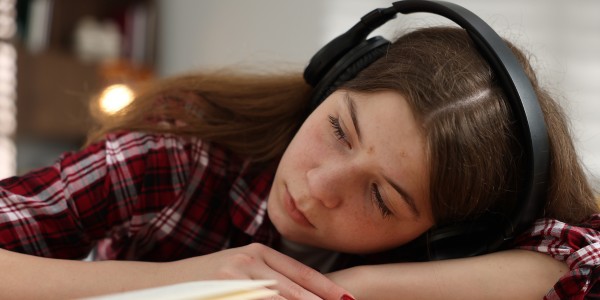


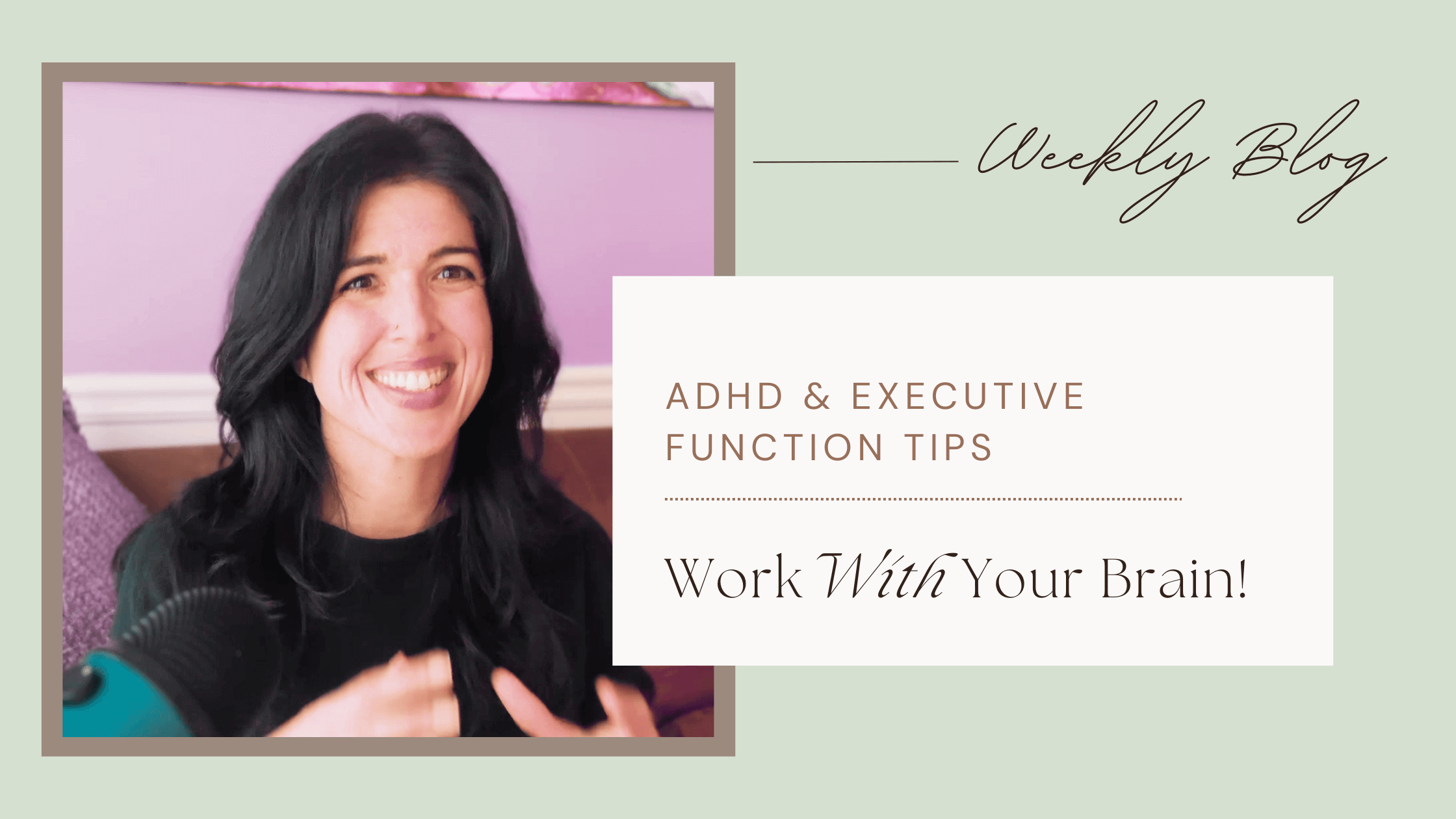
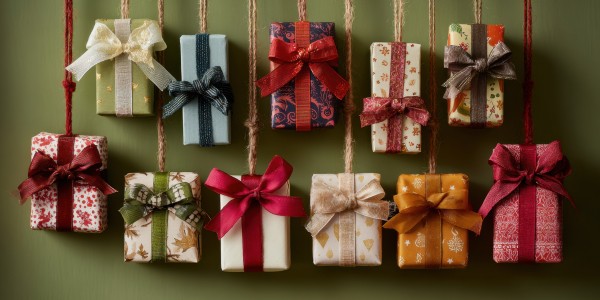


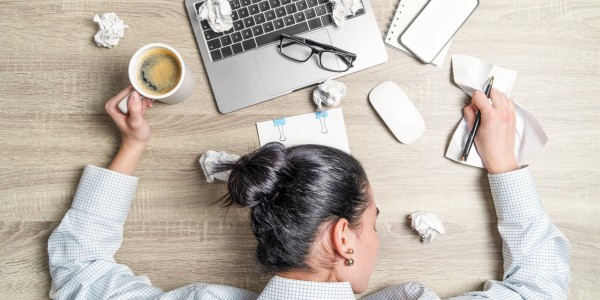


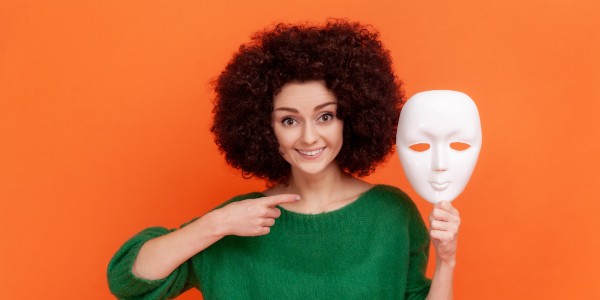

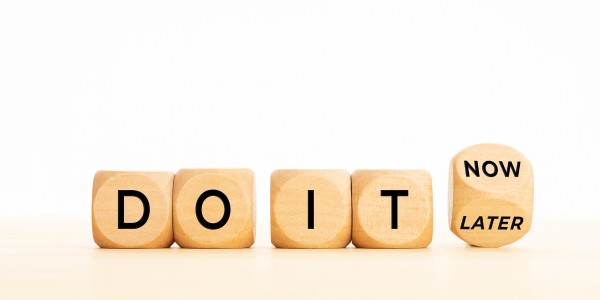
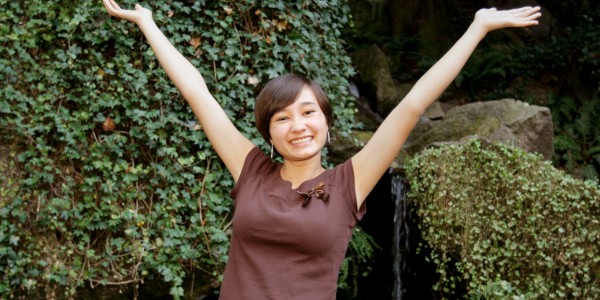


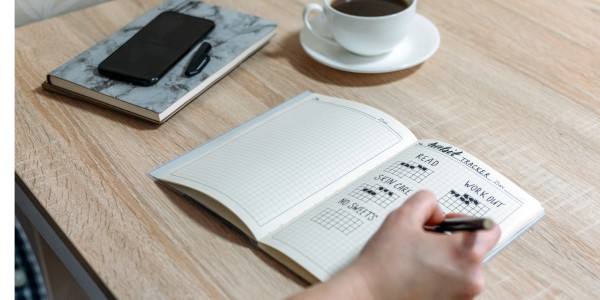
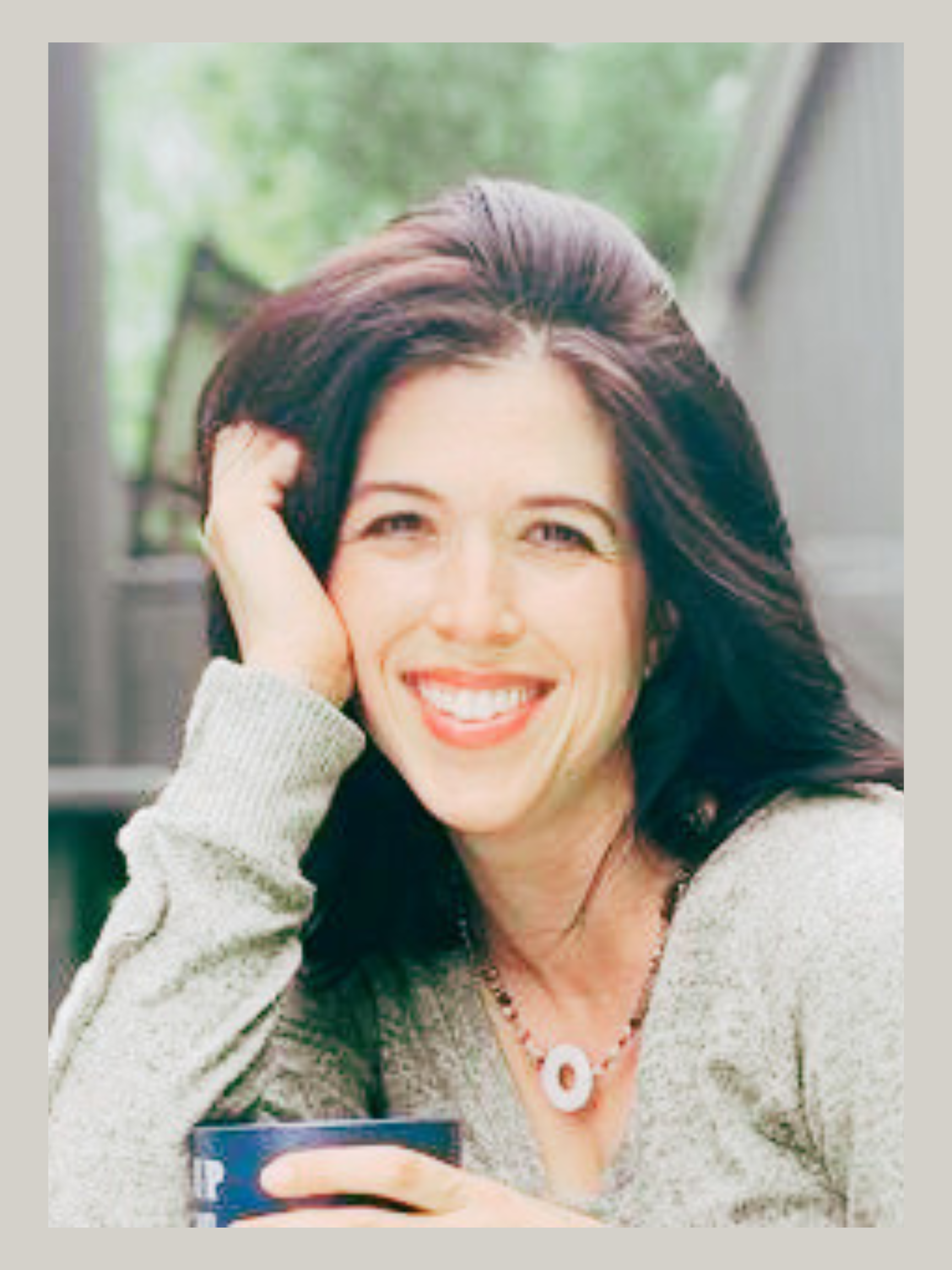


0 Comments